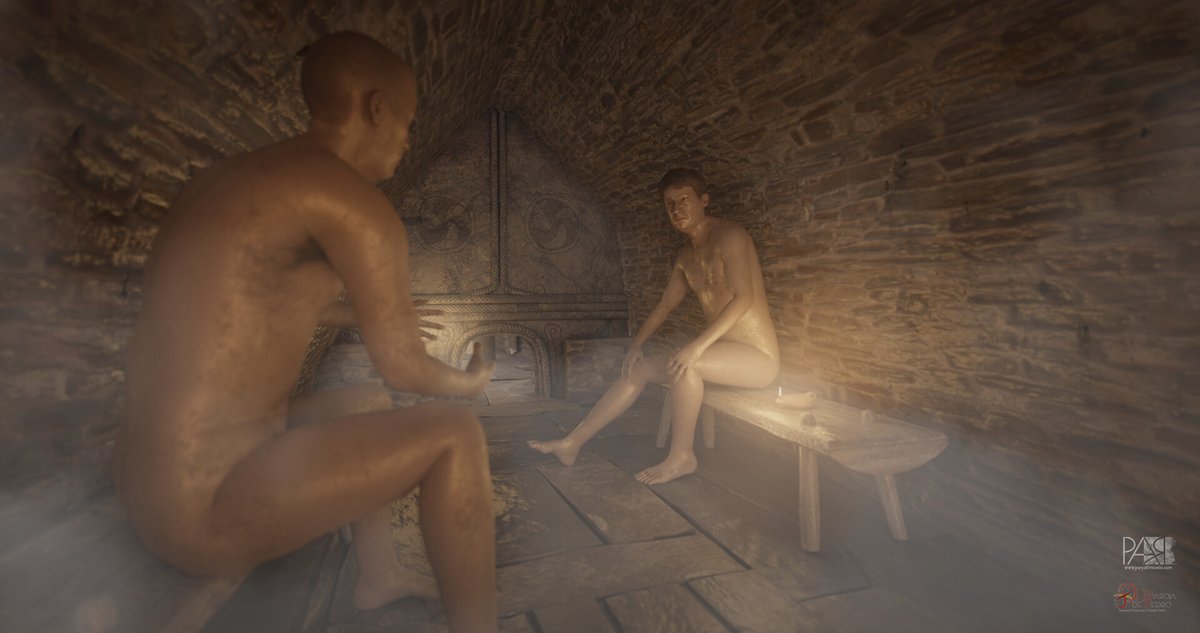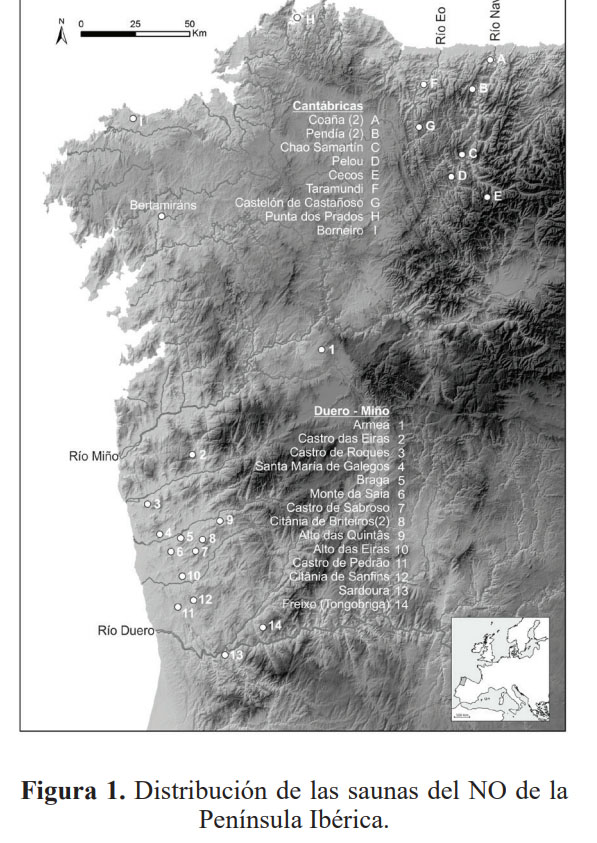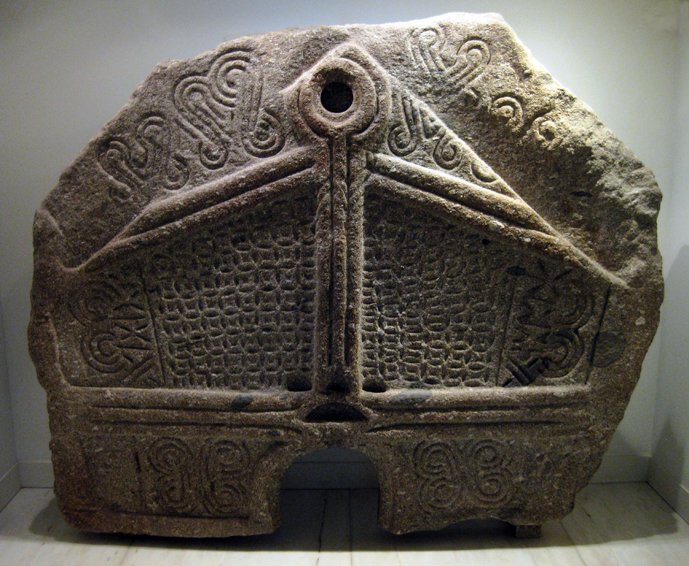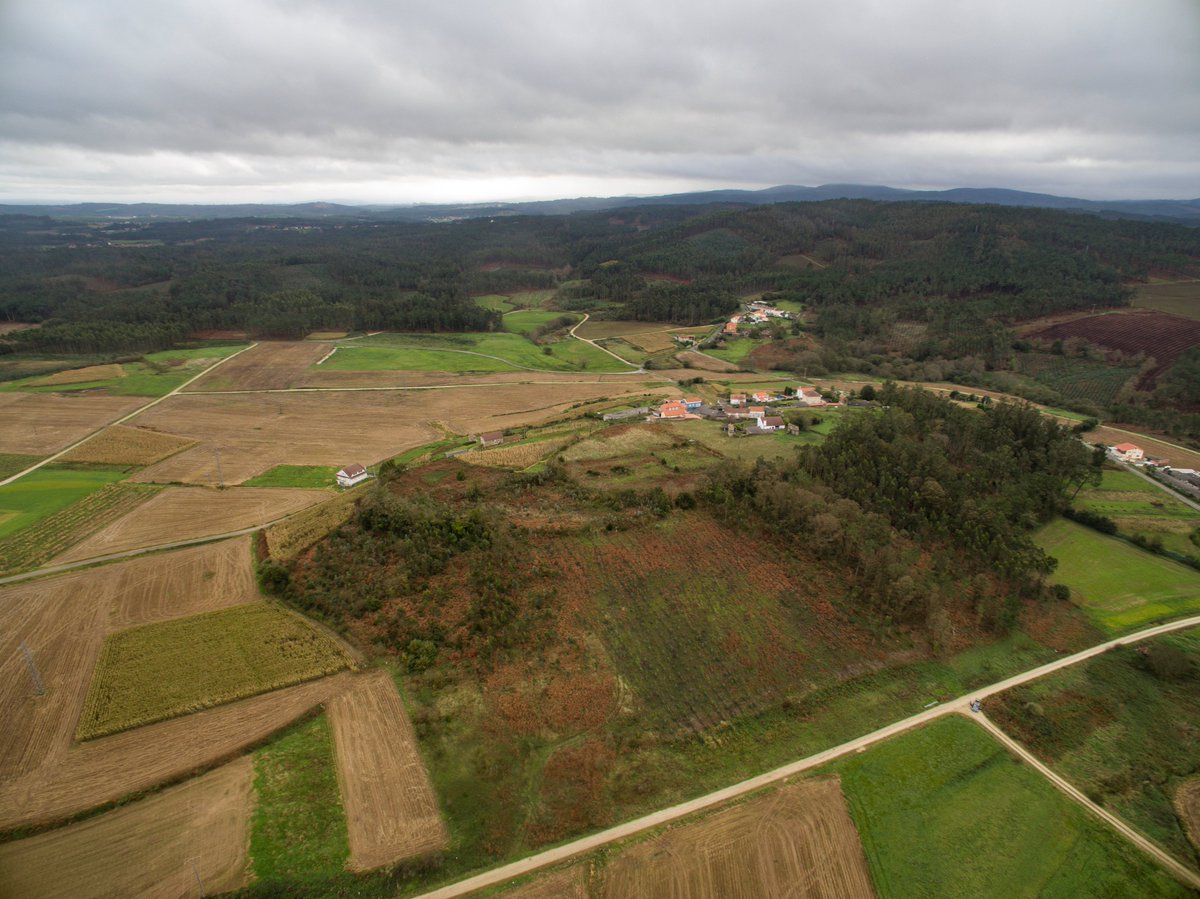
Do you 😍promontory forts? Today in #HillfortsWednesday we will show you a 2-in-1 solution! Welcome to Neixón forts (Boiro, #Galicia). Were they good neighbours? Who payed the community expenses? There's a good mistery here. Let's go to the thread!👇 



First: it's all about location. The Neixón Forts were built at the bottom of the Ría de Arousa, the biggest firth of Galicia. This is a safe and quiet space for docking and they became a trade hub in the prehistory. #HillfortsWednesday 



...but both forts never coexisted! The oldest is Neixón Pequeno, the southern one, founded at the end of the Bronze Age. In the 1920 decade, archaeologist found here revealed the first evidence of trading between Gallaecian people and Phoenician traders.
#HillfortsWednesday

#HillfortsWednesday
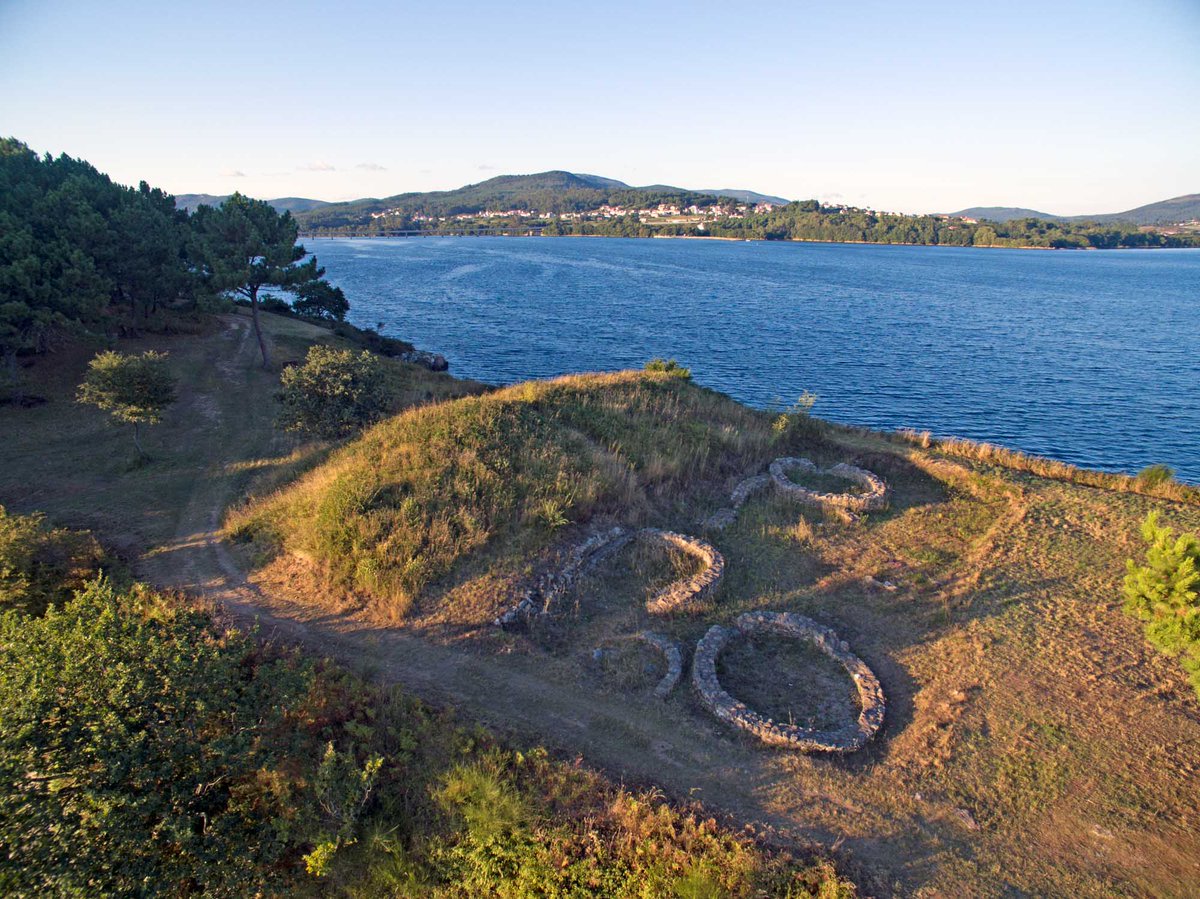
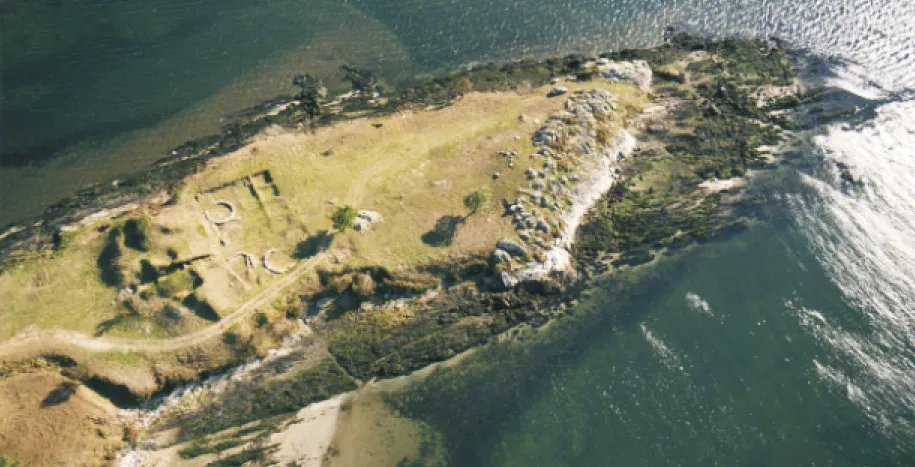
When Neixón Pequeno was abandoned in the middle of Iron Age, Neixón Grande was built, but without houses inside! Excavations revealed that the fort was used as a facility, and during the Iron Age a lot of storage pits were built. And something fascinating. #HillfortsWednesday 

There were a lot of pits full of Gallaecian and Mediterranean pottery close to the East gate. And ditches were filled in Iron Age with ritual offerings: luxury objects, unbroken vessels, sea food and bones. This was more a magical ditch that a physical one. #HillfortsWednesday 

So, Neixón Grande looks like a hillfort but it is not exactly a hillfort: archeologists found complete banquet sets in the pits. It was a place to encounter, trade, celebrate, preserve, not for daily life. #HillfortsWednesday 

Latest excavations revealed a huge medieval building inside Neixón Grande, interpreted as a possible Late Antiquity church. The sacred sense of the space still remain today. There is a vivid romería and the priest give mass in front of the ramparts! #HillfortsWednesday 







Here you have info in English. A brief guide of Neixón Forts: centroarqueoloxicodobarbanza.org/docs/guia%20ar… and a paper on the ritual pits of Neixón Grande: academia.edu/2447628/Encoun… #HillfortsWednesday
Did you enjoy this story? Well, then you CANNOT miss my Iron Age moments.... twitter.com/i/events/12772…
• • •
Missing some Tweet in this thread? You can try to
force a refresh
















